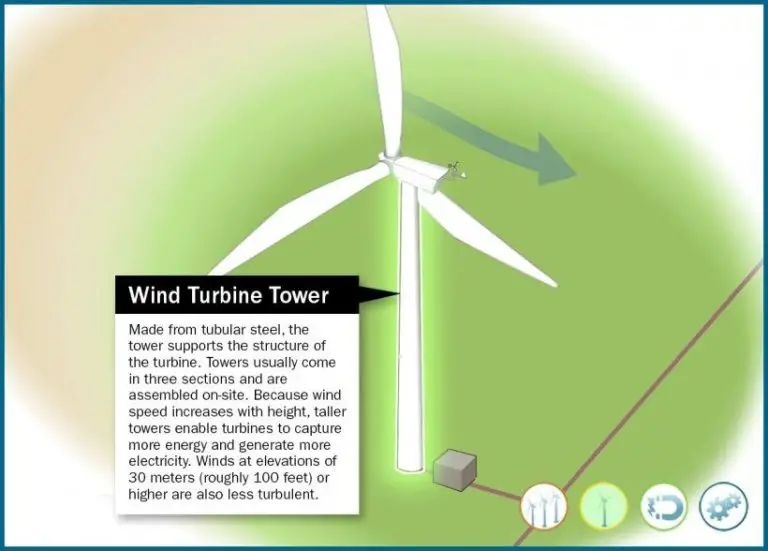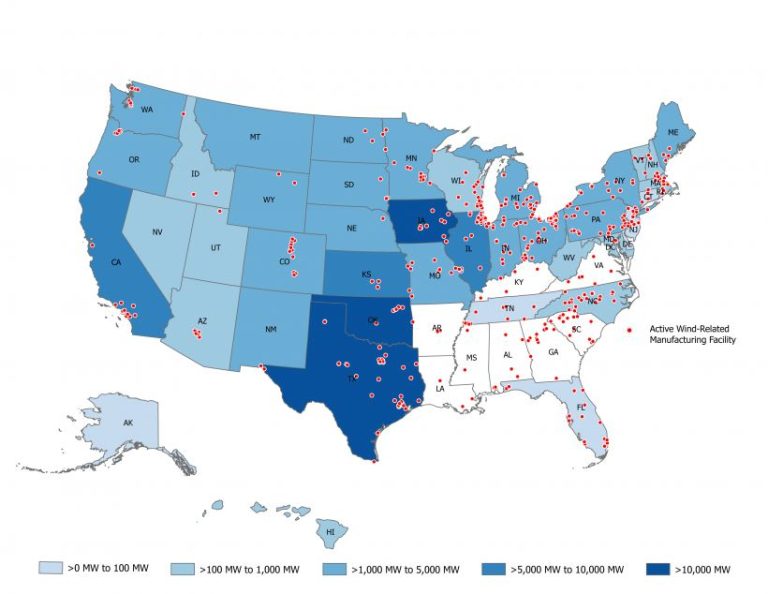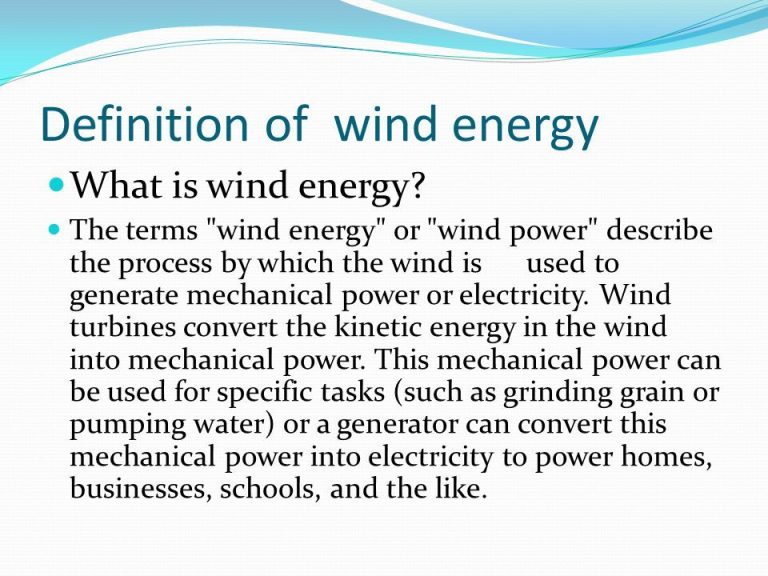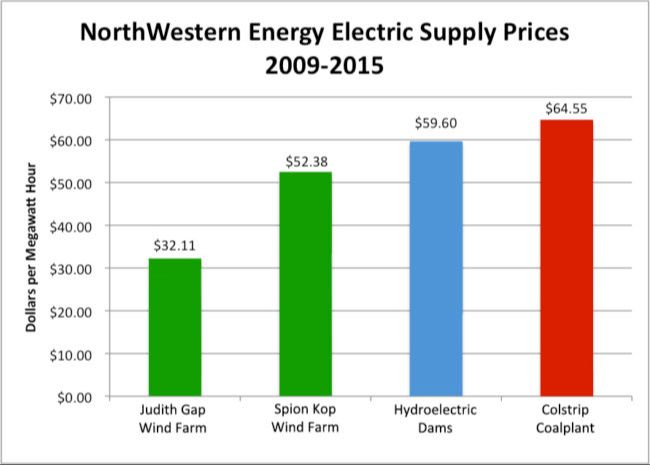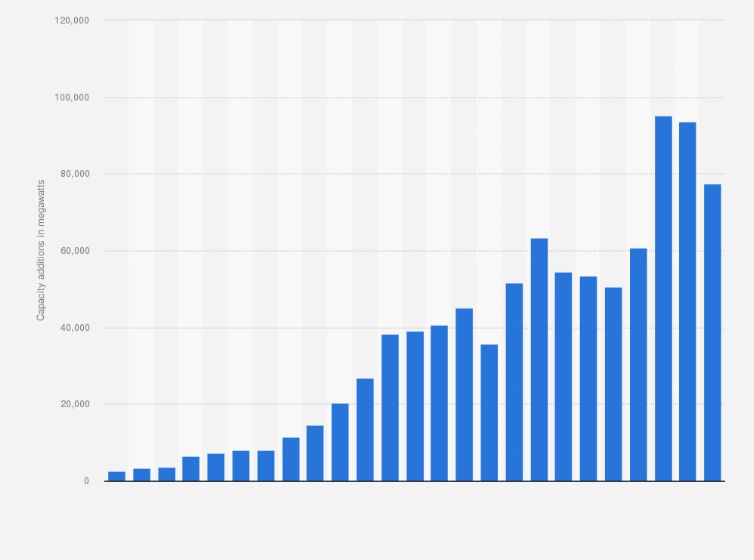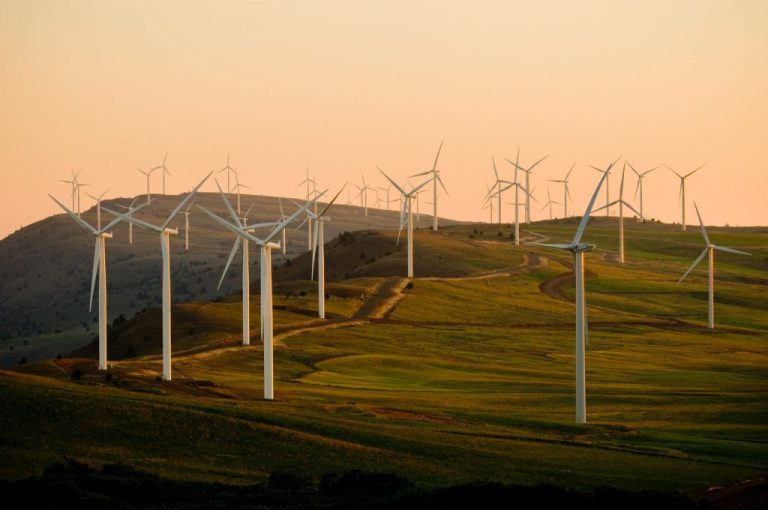How Energy Efficient Are Windmills?
Windmills have been used as a source of energy for thousands of years. The earliest known windmills were used in Persia as early as 200 BC for grinding grain. These early windmills had woven-reed blades. By the 9th century AD, windmills with horizontal-axis rotors were being used in Persia and the Middle East for various industrial purposes like grinding grain and pumping water. The development of better construction methods and materials like steel led to more efficient windmills by the late 19th century. These steel windmills helped drive expansion westward in the United States, with over six million being erected on homesteads and farms during this period (History of U.S. Wind Energy).
The first known wind turbine used to generate electricity was built in Scotland in July 1887 by Professor James Blyth. His turbine powered his holiday home in Marykirk and was used to charge accumulators which powered lighting in his cottage. In 1888, Charles F. Brush built the first known wind turbine in the United States to generate electricity. It had a rotor diameter of 17 meters and was mounted on an 18 meter tower. The generated electricity was used to power Brush’s home and laboratory (History of Wind Turbines).
Through the first half of the 20th century, small wind turbines were used on farms to charge batteries and power equipment. Following the 1970s energy crisis, there was renewed interest in wind power which led to further development of commercial turbines. Since then, advancements in technology, materials, and engineering have greatly improved wind turbine efficiency and expanded their use.
How Wind Turbines Work
Wind turbines convert wind energy into electricity using the aerodynamic force from the rotor blades which spin a shaft connected to a generator (source). As wind blows past the blades, the aerodynamic lift and drag properties generate rotational torque which spins the main shaft. Most turbines use a horizontal axis system with two or three propeller-like blades facing into the wind.
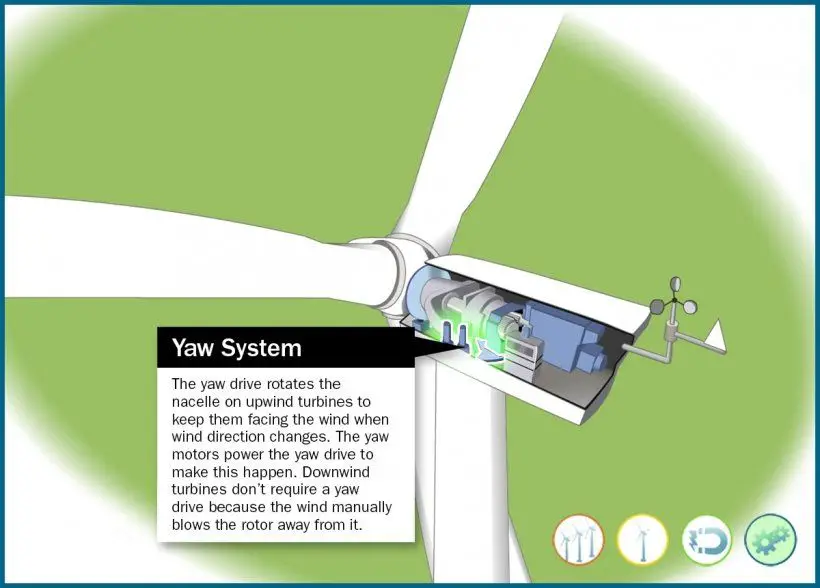
The spinning shaft connects to a gearbox which increases the rotational speed to drive an electric generator, often an asynchronous AC generator. As the shaft spins the magnets inside the generator, it produces a rotating magnetic field which induces a current in the stationary windings around the shaft. This generates an AC electric current which is then sent through transformers and transmission lines to the grid (source).
In summary, the wind turns the turbine blades which spin a shaft to drive a generator that converts the mechanical rotation into electrical energy. The generator produces electricity that is fed into the power grid for distribution and consumption.
Wind Energy Efficiency Factors
Several key factors determine the efficiency and energy generation capacity of a wind turbine. The most significant variable is wind speed. Wind speed cubes with elevation, so small increases in height substantially boost energy production. Commercial wind turbines are typically 80-120 meters high to maximize wind speeds.
The physical size of the turbine is also important. Larger rotor diameters allow turbines to capture more kinetic wind energy. Modern wind turbines utilize rotors up to 120 meters in diameter. More and larger blades lead to greater energy yields.
The number of blades is another consideration. Most modern wind turbines utilize three blades, which offers a balance of efficiency, cost, and reliability. More blades can increase energy capture but also add weight, material costs, and mechanical complexity.
Overall, modern wind turbine designs maximize efficiency through large rotor diameters, tall towers to access faster wind speeds, and three advanced airfoil blades. With these features, commercial turbines operate at 35-45% efficiency in converting kinetic wind energy into electrical energy (Source).
Capacity Factor
The capacity factor is a measure of how much electricity a wind turbine actually produces compared to its maximum capacity. It is calculated by taking the total amount of energy the turbine generated over a period of time and dividing it by the amount of energy it could have produced if it operated at full capacity during that same time period.
According to a report from the Congressional Research Service, a typical capacity factor for wind turbines is around 34% [1]. This means that over the course of a year, a wind turbine will generally produce about 34% of the energy it could produce if it operated at full capacity the entire time. The capacity factor is impacted by the wind resource available at the turbine’s location as well as reliability and maintenance issues.
Offshore wind turbines tend to have higher capacity factors of around 45% because offshore wind speeds are faster and more consistent than onshore [2]. Capacity factors for onshore wind farms range from around 25% to 35% depending on the wind resource and turbine technology.
Land Usage Efficiency
Compared to other energy sources, wind power has a relatively small land footprint and efficient usage of land area. According to a 2022 study published in Environmental Research Letters, the mean land use intensity for wind power plants in the U.S. ranges from 13-168 square meters per gigawatt-hour of electricity produced (m2 GWh−1) depending on turbine size and layout [1]. This is over 50 times more land efficient than coal power plants, which use approximately 829 m2 GWh−1 [2].
Wind turbines themselves take up a small footprint, while the surrounding land can often still be used productively for crops or grazing. According to the U.S. Department of Energy, obtaining 35% of U.S. electricity from wind by 2050 is estimated to use less than 1% of available land area [3]. In contrast, nuclear power plants, while having a small footprint, require larger exclusion zones and buffer areas that make their overall land usage less efficient.
Wind power’s efficient use of land makes it highly scalable without competing for land needed for agriculture, conservation, or development. As wind turbine sizes and hub heights increase, their land usage efficiency also improves. With thoughtful siting and land management, wind energy can continue expanding while minimizing its land footprint.
Lifetime Efficiency
The lifetime efficiency of a wind turbine refers to how much energy it can produce over its operational lifespan compared to its costs. While the average lifetime of a conventional power plant is around 30 years, most wind turbines have a functional lifespan of only 10-15 years according to sources (Costly Wind Power Menaces Man and Nature, GREENIE WATCH — by Dr. John Ray). Maintenance costs also tend to be higher for wind turbines due to the wear and tear from constant motion and exposure to weather elements.
The shorter lifespan of wind turbines compared to traditional power plants reduces their lifetime energy production and increases costs per unit of energy generated. Frequent maintenance and repairs are required to keep wind turbines functioning properly. Components such as gearboxes have a high failure rate. Repairing and replacing major components can be very expensive.
Factoring in higher maintenance costs and a lifespan of 10-15 years, the lifetime efficiency and cost-competitiveness of wind turbines is lower than traditional estimates based on a 30 year lifespan. Improving reliability and extending turbine lifespans through better design and materials could increase lifetime efficiencies.
Cost Efficiency
The cost of wind power has decreased dramatically in recent decades. According to the Department of Energy, the average installed cost per kilowatt for land-based utility-scale wind turbines in the United States dropped from around $6,000/kW in the early 1980s to under $1,500/kW in 2019.
One metric used to compare energy generation costs is the Levelized Cost of Energy (LCOE). This factors in capital costs, operations and maintenance costs, financing costs, and capacity factors over the lifetime of a project. LCOE for land-based wind power ranges from $28-$54 per MWh, making it competitive with conventional fossil fuel generation like coal and natural gas in many parts of the country.
Offshore wind tends to have a higher LCOE due to greater installation and O&M costs, but costs are decreasing as the technology matures. Recent offshore wind projects have achieved LCOEs of $65-$90 per MWh.
Sources:
https://www.quora.com/Does-wind-energy-really-cost-2-cents-per-kWh-in-the-U-S
https://www.quora.com/How-much-money-does-wind-energy-cost-per-kW-hr
Environmental Impact
Wind energy has a significant environmental advantage over fossil fuel power plants as it produces minimal emissions and waste products. Burning fossil fuels like coal and gas to generate electricity emits greenhouse gases like carbon dioxide and methane as well as pollutants like sulfur dioxide, nitrogen oxides, particulate matter and mercury. These emissions contribute to climate change, smog, acid rain and health problems.
In contrast, wind turbines produce no emissions during their operation. The only emissions come from the mining, manufacturing, transportation and construction of the turbines, which is far less than the lifetime emissions of fossil fuel plants. One study by the National Renewable Energy Laboratory found the carbon payback time for wind turbines to be just 5-8 months. After this period, wind turbines generate clean electricity for decades with practically zero emissions.
Wind power helps reduce reliance on fossil fuels, lowering overall carbon emissions from the electricity sector. Shifting just 5-20% of global electricity generation to wind power by 2050 could reduce CO2 emissions by billions of tons per year. The IPCC deems growth in renewables like wind energy crucial for keeping global warming under 1.5°C.
Future Improvements
There are several promising technology advances that can significantly improve wind turbine efficiency in the future. According to the U.S. Department of Energy, next-generation wind turbines will be more powerful and quieter thanks to innovations in blade design and other components.
One major area of focus is developing larger, lighter, and more aerodynamic blades that can capture more energy. For example, the National Renewable Energy Laboratory (NREL) reports that technology advancements could allow access to sites with average wind speeds of 6 meters per second, unlocking an additional potential generation capacity of 717 gigawatts by 2030 – an 80% increase over current capacity.
NREL scientists are also researching segmented blade designs that are easier to transport and enable customized blade shapes for different wind conditions (U.S. Department of Energy). Improved blade coatings and active control surfaces could also boost efficiency.
Beyond blades, there are advances in drivetrain technology, power electronics, control systems, and turbine configurations that can all contribute to greater wind energy efficiency. With focused research and development, experts anticipate continued innovation that will allow wind power to become more cost-competitive and maximize energy capture.
Conclusion
In summary, wind turbines can be an efficient source of renewable energy when considering factors like capacity factor, land usage, lifetime output, and costs. Modern wind turbines generally have capacity factors of 25-50%, meaning they produce about a quarter to half of their maximum potential output over time. Their land usage efficiency in terms of energy output per land area is quite high compared to other energy sources. Over a typical 20-30 year lifetime, a wind turbine can produce 30-50 times more energy than was used in its manufacture, transport and installation. Wind energy is also one of the lowest priced renewable energy sources available today, competitive with fossil fuels in some locations. While there are still some environmental impacts from wind turbines, such as bird and bat deaths, these are relatively small compared to other energy sources. With continued advancements in areas like turbine size, offshore wind farms, and predictive maintenance, the efficiency of wind power is likely to keep improving in the future.

